Y filltir sgwâr/The square mile: Along an old railway line to an old engine house
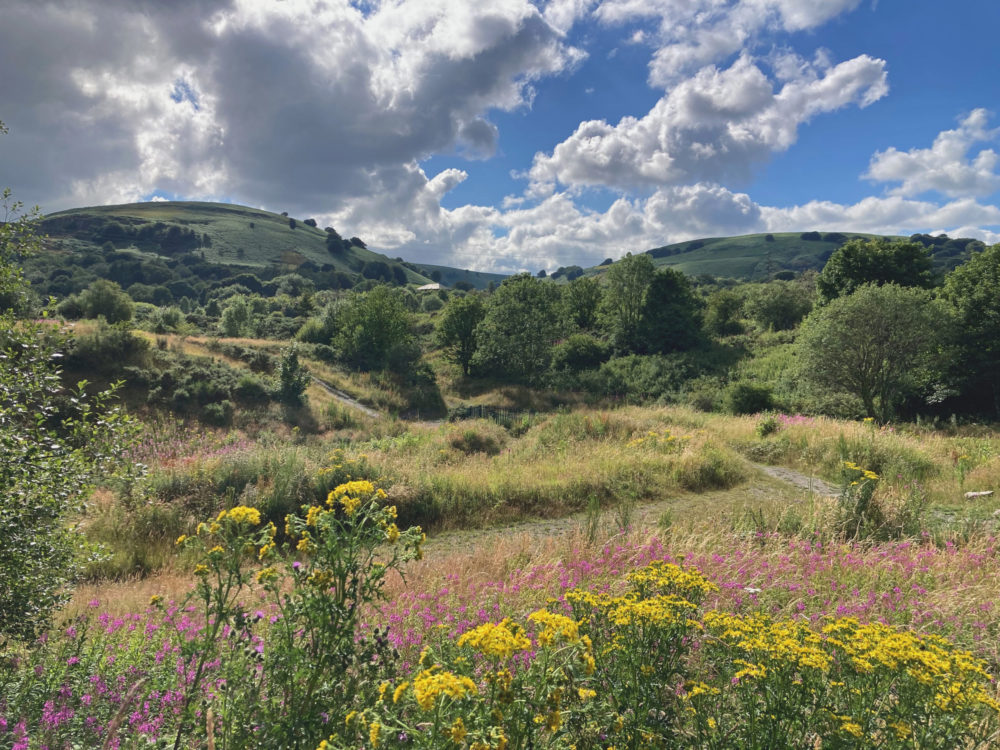
Photo: Tom Maloney
In a year-long series Tom Maloney, from Abersychan, shows how you can love a place so well it becomes a part of you.
I think there is so much truth in the saying that as you get older time seems to pass more quickly. August already, how fast this year has gone by.
I had a few different thoughts for this week’s article, but a tweet about how lovely ‘The British’ is at the moment, that I recently posted, has had such a positive reaction that I felt it was the right moment to share a little about the site at the height of Summer.
Besides, there are plans to change ‘The British’ and I feel it is important that there are voices for this old industrial landscape.
A news report in Nation Cymru by local democracy reporter Twm Owen described plans for ‘The British.’ Over time there have been proposals and plans for the site that have not come to fruition and all the while Nature has been quietly at work.
‘The British’ was once all about iron and coal, but it is so very different today and I don’t think I have ever seen it look more beautiful!
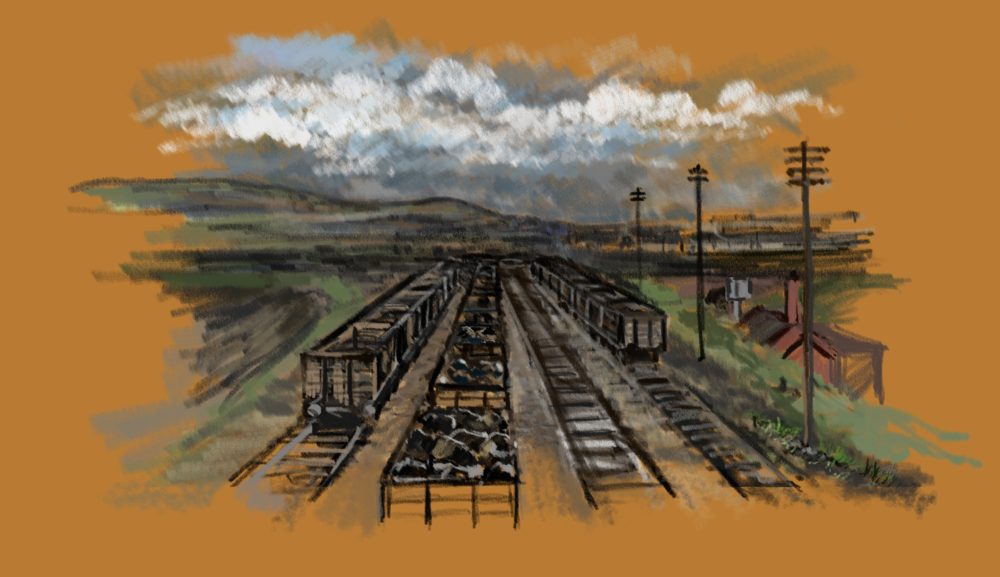
A lovely place to begin a walk here is at the old railway sidings at Talywain. You would barely recognise that lines of heavily laden coal wagons once waited their turn in row after row!
Waving, tall, slender grasses greet you and invite you in to explore. The air is fresh and clean … no it is more than that … the air carries the scent of wildflowers and there is such a sense of wellbeing and a feeling that the landscape is once again fulfilling its natural potential.
Below the sidings, paths lead in several directions, but I am fond of a gentle, little path where steam engines worked their daily toil. It has a slope, but the gradient is so shallow that I think it could easily be adjusted to accommodate access for all.
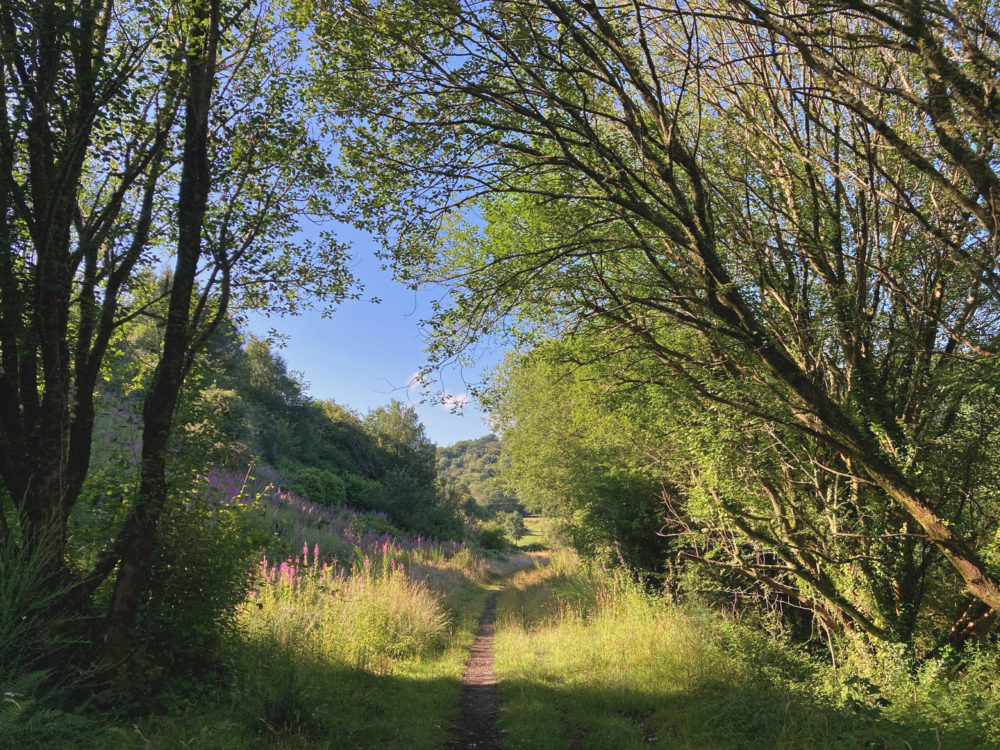
Wildlife highway
There is so much of interest along this short stretch that could be better described as a wildlife highway now.
Immerse yourself in sound and you will hear bumblebees, wood pigeons, buzzards and stonechat.
How I love the strange little call of stonechat.
Take time to look in different directions, cast your gaze sideways and there is sumptuous colour. Cherry red berries on Rowan trees and Cadillac pink Rosebay willowherb are a perfect picture, but who would have thought about planting such a combination?
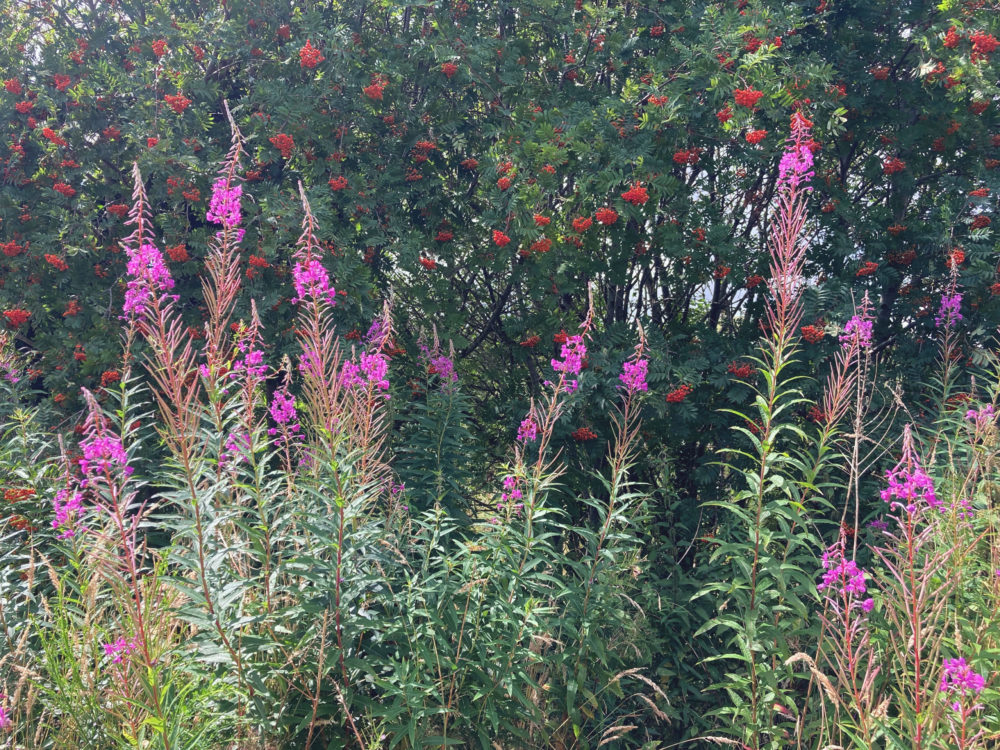
Tom Maloney
Following this path will take you to the place of the iconic engine house and where the ironworks once stood.
Bathed in the glow of summer light the scene before my eyes transports me into the world of a landscape by Van Gogh and I think particularly of ‘Rain, Auvers’ on display at The National Museum in Cardiff which I saw again recently.
The significance of this masterpiece cannot be underestimated. The description highlights that it was painted at the most difficult time of his life. It is impossible not to feel his pain, there is great sadness in this panorama of wheat, but I am also in awe of his mastery of oil and expressive mark-making.
It is a painting that was completed in 1890, but to me, it still feels somehow alive. It was indeed a tragedy that he ended his days soon after.
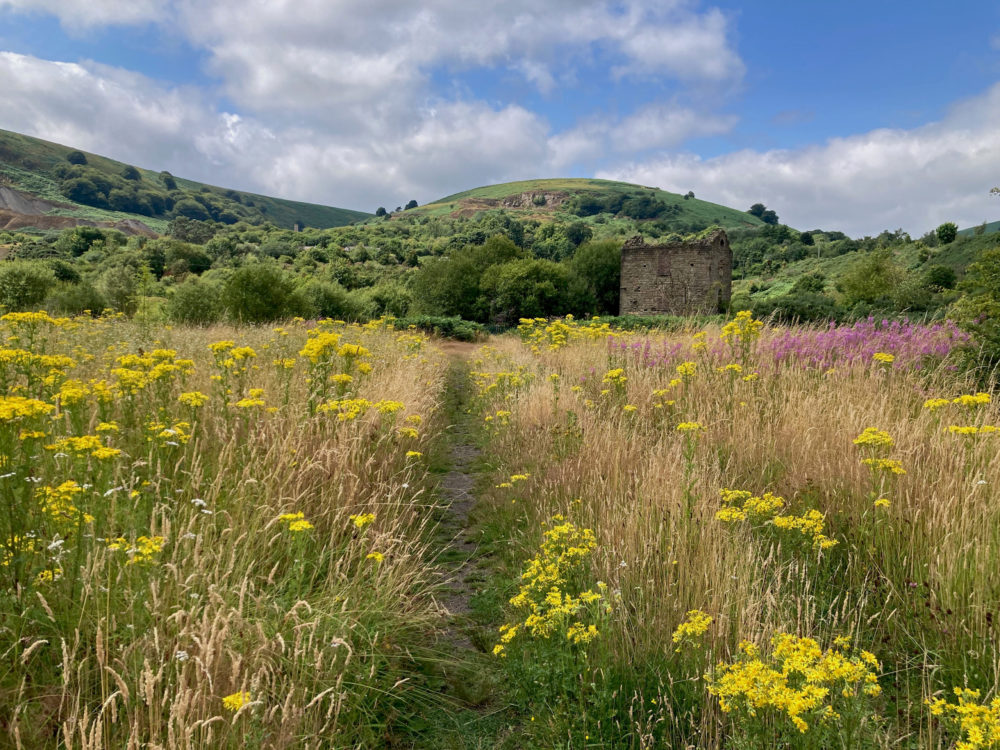
There is no sadness in the panorama at the Engine House and it is so far removed from its industrial past now. Like Van Gogh’s wheat, grasses make the picture here. Vivid yellows and pinks add brilliance to a field of texture. This is Nature’s vision; though sadly we often forget that Nature too is an accomplished artist!
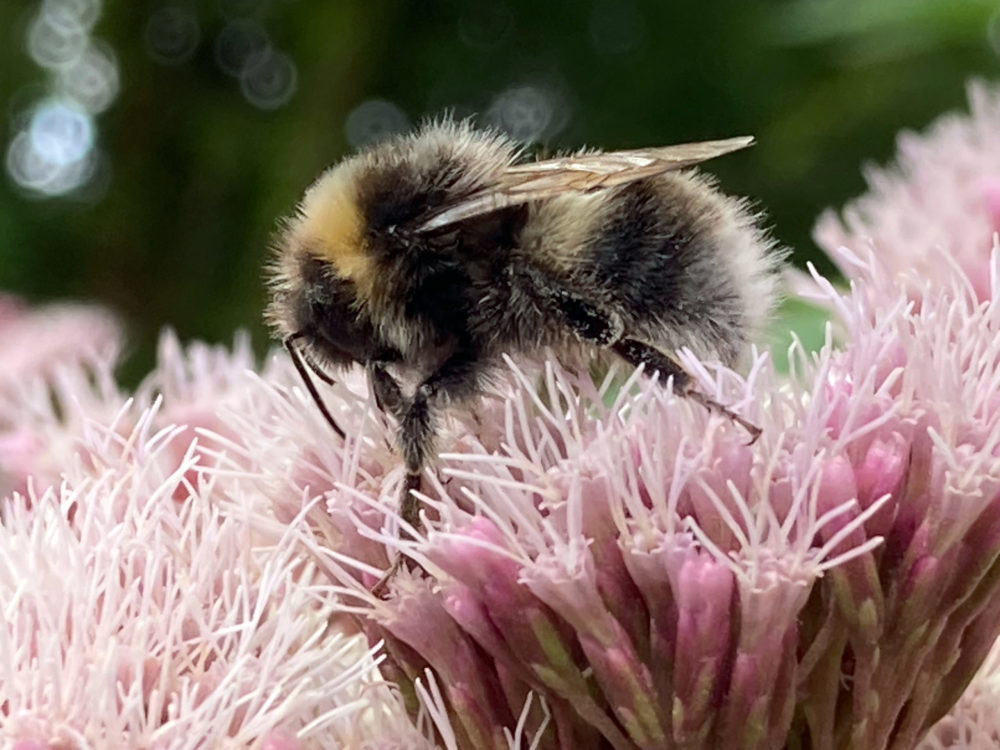
The more you walk, the more you notice things and the more you learn, and ‘The British’ is a great place to learn new things.
A wildflower that is relatively new to me is Hemp-agrimony (Eupatorium cannabinum). It’s pink, it’s fluffy, sort of reminds me of ‘candy floss’ at the fairground and it’s a big draw for pollinators right now.
It must be so attractive to insects because they seem to be so busy when they are feasting that they barely notice anything else.
For anyone who has tried to photograph a bee or a butterfly, you will know what I mean. They fly away so quickly when you approach to photograph them, but on Hemp-agrimony it is a different story. The sweet nectar of this plant seems comes first.
What next for ‘The British’?
It is difficult to be sure, the plans seem to change so much and several schemes are seeking planning permission at the moment.
Sometimes I have to admit that I have been very confused about things. I attended a public consultation on one occasion and it was only after half an hour that the ‘penny dropped’ this was for a different scheme altogether!
The Torfaen website has a dedicated page for ‘The British’ – see the page here
It would seem from the information published here that the plans for the site have yet to be submitted.
“In September 2024, a planning application will be submitted to the council for an above-ground, open water channel on the area known as the Black Patch, connecting the Castlewood and Blaengafog streams to a newly-created pond.”
My hope is that all those who are involved in planning the future for ‘The British’ take a look at it now. It looks so beautiful and has so much potential as a Nature Reserve where local people can also find well-being.
‘Rain, Auvers’ by Vincent Van Gogh, mentioned above, is just one of a hugely important collection of Impressionist and Post-Impressionist works at the National Museum, Cardiff. Amongst my other personal favourites are ‘Water Lilies’ by Monet.
It is an absolutely stunning permanent exhibition and what is more, entry is free.
Support our Nation today
For the price of a cup of coffee a month you can help us create an independent, not-for-profit, national news service for the people of Wales, by the people of Wales.




